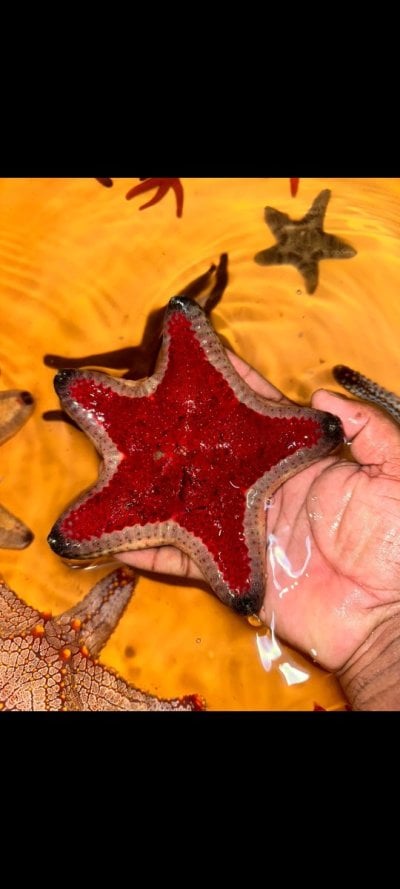My lfs usually sends me photos of what is in stock usually by holding in hand, I've found this starfish to be quite beautiful and now my mom wants it Lol
@ISpeakForTheSeas

@ISpeakForTheSeas





















